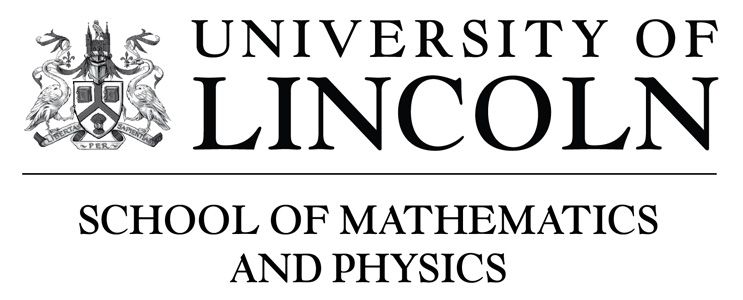- QM/MM (Laino et al, JCTC, 2005, 2006)
- Fully periodic, linear scaling electrostatic coupling
- Gaussian and Augmented Plane Waves (Iannuzzi et al, CHIMIA, 2005)
- Partitioning the electronic density -> all-electron calculations
- Many spectroscopic properties
- Hartree-Fock Exchange (Guidon et al, JCP, 2008)
- Beyond local DFT (later MP2, RPA…)
- Auxiliary Density Matrix Method (Guidon et al, JCTC, 2010)
- Linear Scaling DFT (VandeVondele, Borstnik & Hutter, JCTC, 2012)
- Fully linear scaling condensed-phase DFT, up to ~1m atoms
|

|








